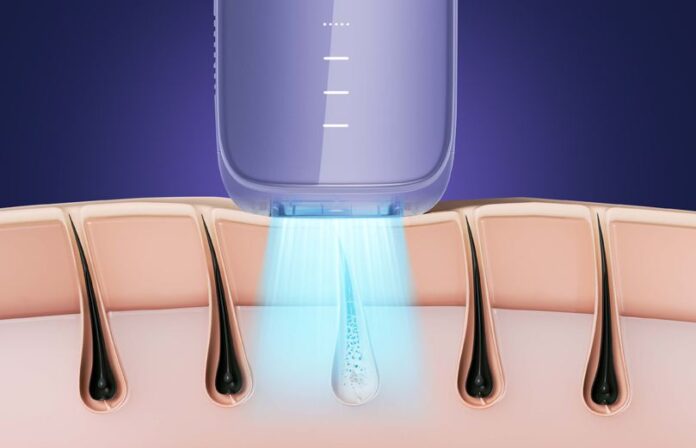Shaving is a prevalent method of unwanted hair removal, utilizing traditional razors, multi-blade razors, or electric shavers. It’s important to understand that shaving only eliminates hair at the skin’s surface level. As a result, frequent shaving might be necessary for areas with short hair growth cycles or continuous hair growth, such as the armpits, groin, or men’s facial hair. The method is purely mechanical and merely shortens the hair without affecting the follicle. Almost any body area is suitable for shaving.
The decision to shave or not largely depends on your personal aesthetic preferences—whether you favor a groomed or natural appearance. It also takes into account your preference for short-term or long-term hair reduction, considering the temporary and shorter-lasting results of shaving compared to follicle-targeting methods like laser hair removal. Other influencing factors include your budget, the time you can allocate to hair removal, and even cultural preferences. However, it’s paramount to consider the potential adverse effects of shaving, such as skin irritation, heightened sensitivity to ultraviolet radiation due to reduced protection post-hair removal, and the risk of skin infections from superficial wounds that compromise skin barrier protection.
Contrary to popular belief, shaving does not cause hair to grow back thicker. Hair thickening is a response to exposure to androgens, a natural outcome of sexual maturity or certain pathological states. Avoid shaving in areas with skin abnormalities, such as viral warts, dermatitis, psoriasis, or contagious viral infections like molluscum. Post-shaving care should include proper hydration to maintain and protect the skin barrier, minimizing irritation, and applying sunscreen. To determine the most effective method for removing unwanted hair, it’s advisable to consult with a dermatologist.



 By Anna Chacon
By Anna Chacon







